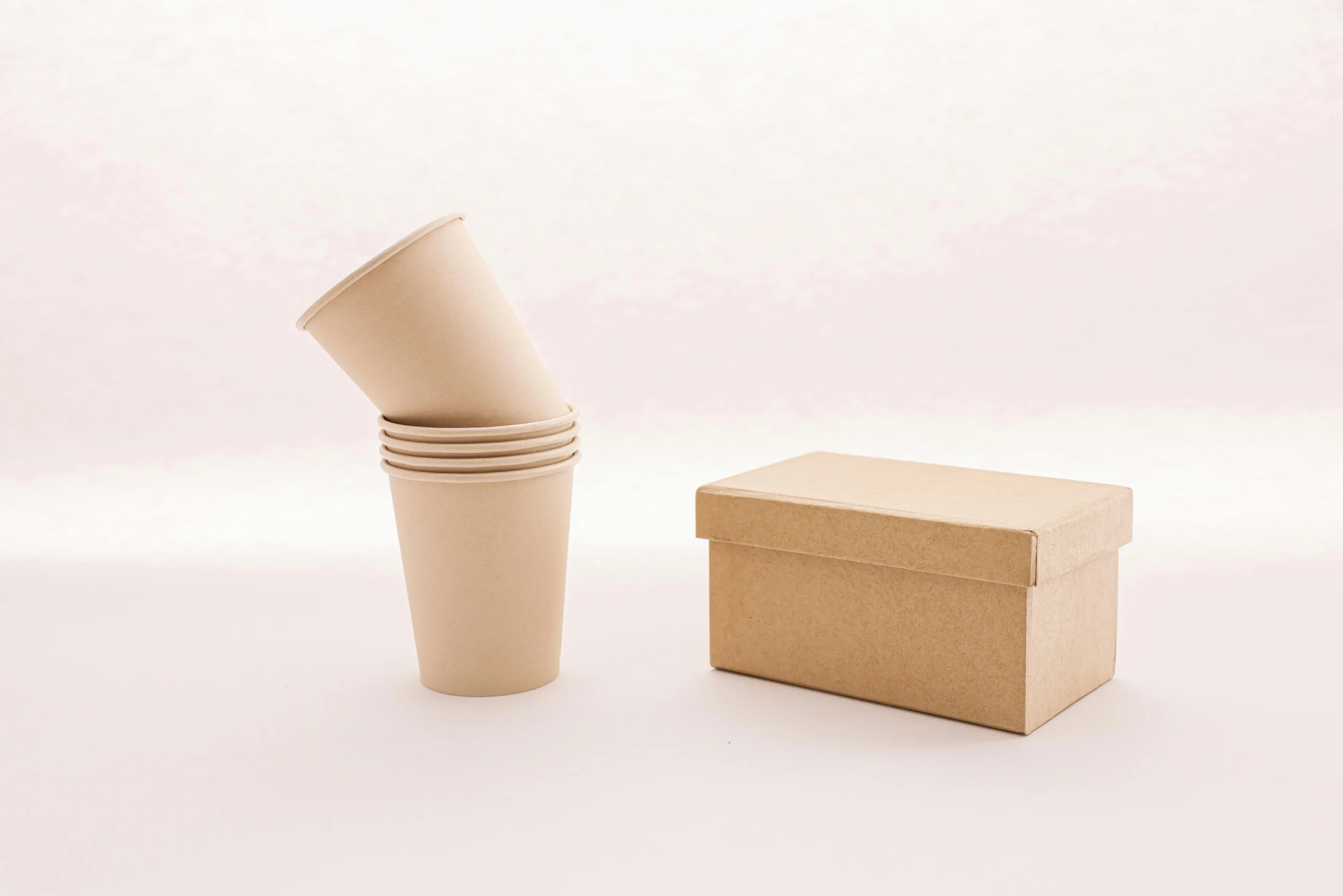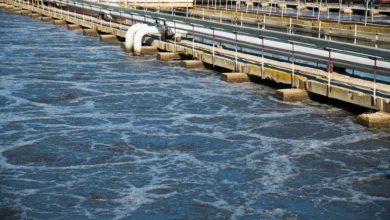Plastic packaging has long been the industry standard due to its durability and clarity. Still, growing concerns about plastic waste and environmental degradation are encouraging a shift towards more eco-friendly materials, such as Cardboard.
Both Cardboard and paper can be used for various types of food packaging, including hot cups, ice cream and popcorn buckets, snack boxes https://univest-pack.com/shop/boxes/snack-box/, and takeaway boxes. While switching over from plastic packaging to these cardboard options might take time, there are long-term benefits to this solution:
- Environmental sustainability
Unlike most plastic packaging, which is petroleum-based and takes hundreds of years to decompose, Cardboard is biodegradable, compostable, and made from renewable resources. Using Cardboard significantly reduces the environmental footprint of ready-made meal packaging. Cardboard is often recyclable and can be made from post-consumer recycled content, which further closes the material loop and supports a circular economy. In contrast, many plastic containers, especially those contaminated with food, are difficult to recycle and often end up in landfill sites or the ocean.
- Compliance with emerging regulations
Governments around the world are introducing stricter regulations on single-use plastics. In many regions, plastic packaging is subject to bans, taxes or extended producer responsibility programmes. Switching to cardboard packaging can help businesses stay ahead of regulatory trends, avoid penalties and improve compliance with sustainability standards.
- Consumer demand and perception
Modern consumers are increasingly eco-conscious and favour brands that demonstrate environmental responsibility. Packaging plays a significant role in shaping consumer perception. Ready-made meals in cardboard packaging, for example, are often perceived as more sustainable and ethically produced, which can enhance a brand’s reputation and customer loyalty. A visible shift away from plastic packaging also aligns with the expectations of younger demographics and environmentally conscious customers.
- Versatility and functionality
Modern cardboard packaging can be treated with food-safe coatings that provide grease and moisture resistance. This makes it suitable for a variety of ready-made meals. It can be designed for reheating in the microwave or oven, offering convenience without compromising safety. Cardboard also offers excellent printability, enabling high-quality branding and nutritional labelling to be printed directly onto the surface.
- Cost and supply considerations
While certain high-tech plastic materials may be costly or require specific handling, Cardboard is generally more affordable and widely available. As demand for sustainable options grows, manufacturers are offering innovative cardboard-based solutions tailored for food applications, including those requiring heat retention or moisture barriers.
Shifting to cardboard packaging supports environmental goals, meets market demands, and prepares businesses for an increasingly hostile regulatory landscape towards plastic waste.
For more valuable information, visit our website.





